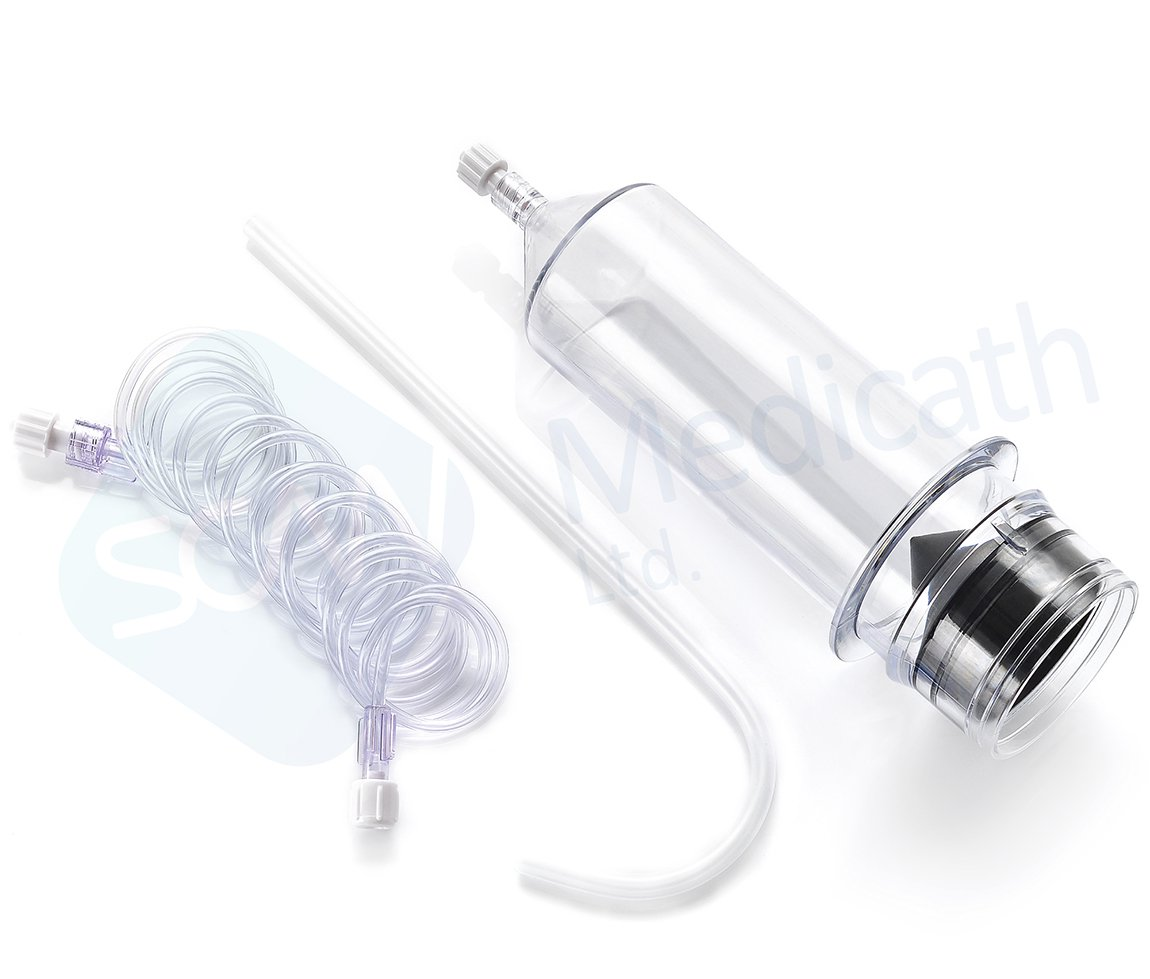We'd Love to Hear From You
Curious about product features, price quote, registration, delivery time, etc? We're ready to answer any and all questions within one business day.
In the intricate world of medical equipment, syringes play a pivotal role. A common curiosity among users is understanding why smaller syringes have higher pressure. As experts in the field, SCW Medicath is here to shed light on this phenomenon and its implications for medical practice. Our comprehensive selection of syringes caters to a myriad of injectors available in the market, ensuring compatibility and performance with pressures up to 350 Pa or 1200 Pa.

Introduction to Syringe Pressure Dynamics
The pressure within a syringe is a critical factor in its functionality. The question "Why do smaller syringes have higher pressure?" is one that delves into the physics of fluid mechanics. SCW Medicath is committed to providing not only the syringes but also the knowledge to understand their operation fully.
The Science Behind Syringe Pressure
When we consider the question "Why do smaller syringes have higher pressure?", we must first understand the mechanics of pressure generation within a syringe. The pressure is a result of the force applied to the plunger divided by the cross-sectional area of the syringe barrel. Smaller syringes, with their reduced barrel size, have a smaller area, which means that the same force applied to the plunger results in a higher pressure. This principle is fundamental to the operation of all syringes, regardless of their size.
The Impact of Size on Syringe Pressure
Exploring the question "Why do smaller syringes have higher pressure?" further, we see that the size of the syringe directly influences the pressure it can generate. With a smaller internal diameter, smaller syringes concentrate the force over a smaller area when the plunger is depressed. This concentration of force results in a higher pressure, which can be advantageous in certain medical procedures.
High pressure Syringes in Medical Applications
The higher pressure in smaller syringes is not just a quirk of physics; it serves practical purposes in medicine. Smaller syringes are often preferred for their ability to deliver medication quickly and with precision, a feature that is invaluable in emergency situations or when administering potent drugs that require careful dosing. SCW Medicath's syringes are designed to meet these needs, offering high pressure capabilities in a range of sizes.
SCW Medicath: Innovators in Syringe Technology
At SCW Medicath, we are not just manufacturers of syringes; we are innovators in syringe technology. Our commitment to understanding and addressing the question "Why do smaller syringes have higher pressure?" has led us to develop a diverse range of syringes that can meet the specific needs of medical professionals. With maximum pressures up to 350 Pa or 1200 Pa, our syringes are designed for performance and reliability.
Conclusion
In short, the higher pressure in smaller syringes is a result of their smaller cross-sectional area, which concentrates the force applied to the plunger. This characteristic is not only a fascinating aspect of fluid dynamics but also a practical feature that serves various medical needs. SCW Medicath is dedicated to providing syringes that answer the question "Why do smaller syringes have higher pressure?" with both quality and performance. By choosing SCW Medicath, you are selecting a partner that understands the science behind your tools and stands ready to support your medical practice. For further insights into our syringes and how they address the question "Why do smaller syringes have higher pressure?", explore our website and discover the SCW Medicath difference.